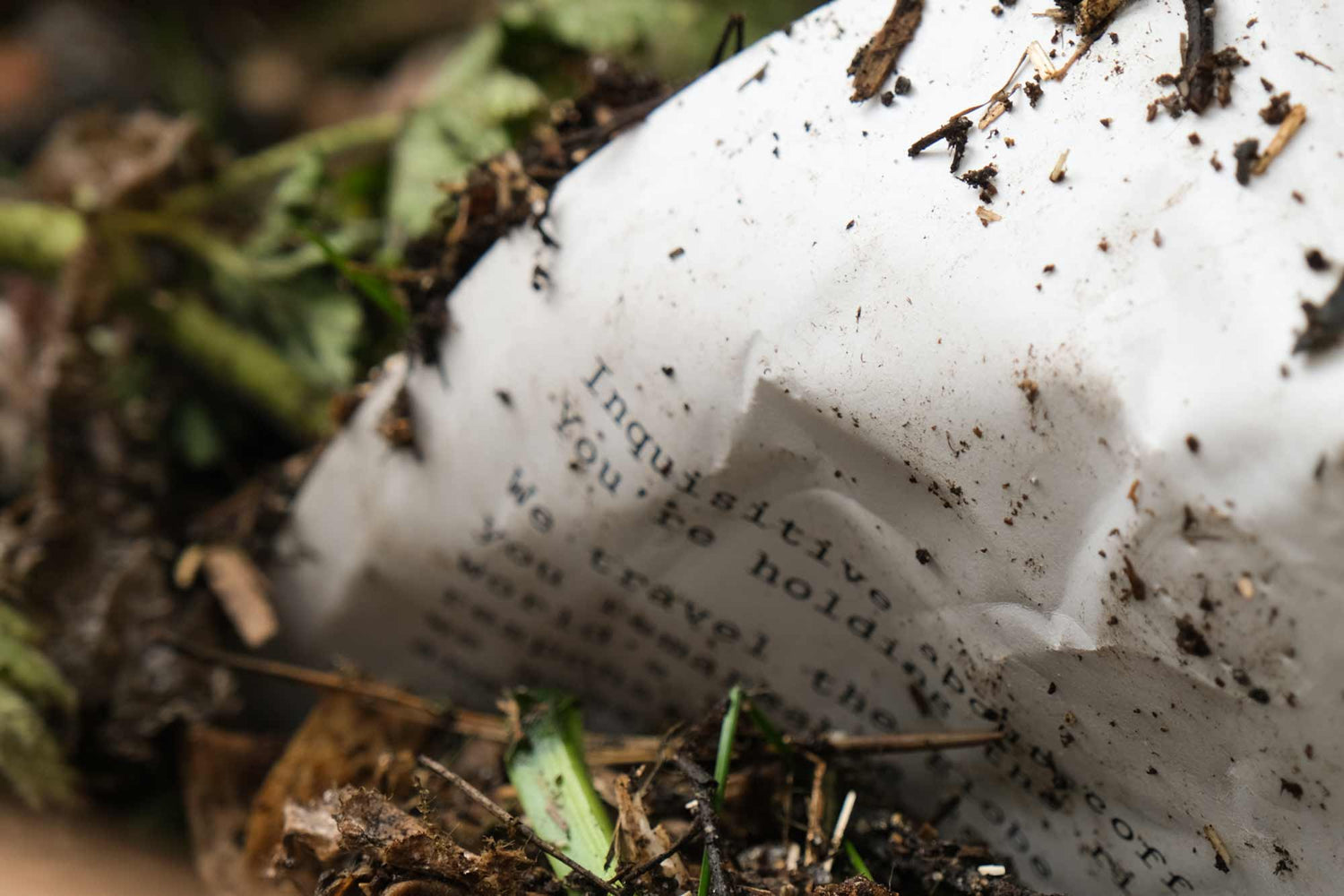



Bolivia: Brenda Palli
Brenda Palli
-
The coffee for this lot came from a mix of Sol De La Mañana producers from the Uchamachi colonia. The largest contributor was Brenda Palli, a 29 year old producer who's been working in Sol De La Mañana since 2021. Her farm, La Hermosa, is located at 1,580 m.a.s.l. in the colony of Villa Rosario.
To ensure only the very ripest coffee cherries are picked, it's not uncommon for producers in the SDLM program to do 7 or 8 harvesting passes across their plants, many more than producers in other parts of the world do. This is very labour-intensive and yields smaller amounts each pass, but ensures great quality. The downside is that for each delivery of cherries from the SLDM producers in Bolinda, the lots are often too tiny to process separately and so instead, deliveries from all the producers are combined and processed together.
You will likely notice that there's an unusual part of the process on this coffee and instead of being a normal washed lot, it's a mosto washed. So what does mosto mean? It's a Spanish word which describes fresh fruit juices - particularly before they are fermented. The same root gives the English word for this, used in wine-making - a Must. In the case of this coffee, we feel it really helps bring out a lot of juicy, fruity flavours versus a standard washed process and we hope you'll agree. In terms of the specific process, here's how it works:
- You start with two batches of coffee.
- The first batch of coffee (a regular washed coffee) is depulped, fermented in a closed tank, rinsed and taken to the beds to dry.
- The liquids - the Mosto - from that first fermentation are saved, with the pH and microbial levels monitored and managed.
- Batch 2 (this will be the Mosto Washed) is depulped and the Mosto is added to the coffee.
- Once the fermentation breaks down any remaining pulp, the coffee is rinsed and dried.
- Using these fresh, already fermenting juices gives the process a kick start which seems to help develop the complex, juicy flavours in these coffees.
Think tinned apricots up front and red grapes on the finish, but behind those fresh fruit notes is a rolling sweetness of caramel and milk chocolate.
-
- Country: Bolivia
- Department: La Paz
- Province: Caranavi
- Farm: La Hermosa
- Producer: Brenda Palli
- Location: 15°48'56.8"S 67°31'40.9"W
- Altitude: 1400 – 1650 m.a.s.l
- Processing method: 48hr Mosto Washed Fermentation
- Varietals: Caturra & Catuai
-
Tasting notes: Tinned apricot, caramel, red grape.
Cup of Excellence Cupping Scores
- Clean cup: (1–8): 6.5
- Sweetness: (1–8): 7
- Acidity: (1–8): 6.5
- Mouthfeel: (1–8): 6
- Flavour: (1–8): 6
- Aftertaste: (1–8): 6
- Balance: (1–8): 6.5
- Overall: (1–8): 6.5
- Correction: (+36): +36
- Total: (max. 100): 87
Roast Information
Medium: Take this through the gap and right to the end of the gap but before second begins, keeping a steady pace to keep the intense sweetness. -
-
Producer Stories
Learn more about coffee sourcingBrenda Palli
Brenda is a small producer in the Sol de la Mañana program (see Martin Chirino, Pedro Flores, Gregorio Palli). We didn’t get a chance to meet her when we visited for the harvest, but her coffee really jumped out to us on the cupping table. We decided to take it and we’re looking forward to going back to Bolivia in August and getting to meet her.
Read more
Our Packaging

-
Compostable
Our 220g and 125g bags are made from a plastic free, plant based material that is commercially compostable and certified biodegradable. Which means it will leave nothing behind after you're finished with them.
-
Roasted fresh
Being uncompromising on quality means being uncompromising with freshness. Our coffee is freshly roasted every day of the working week.
-
Protecting our oceans
For each compostable bag that we buy, the same weight of plastic is removed from our ocean. You make that happen.
